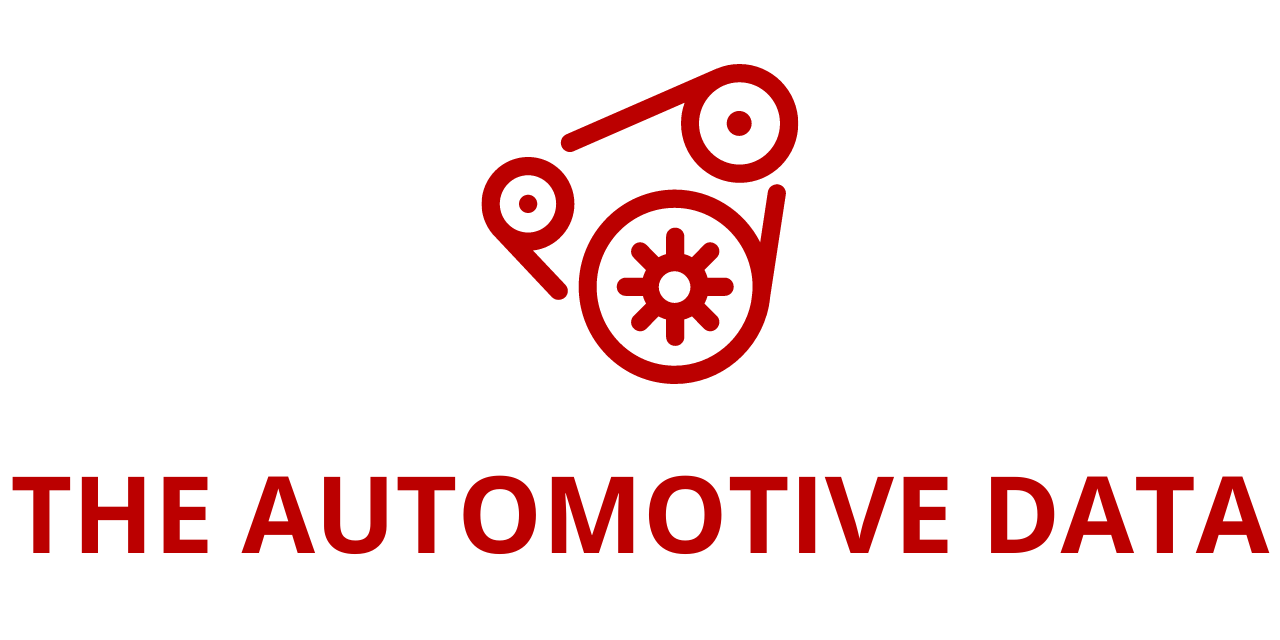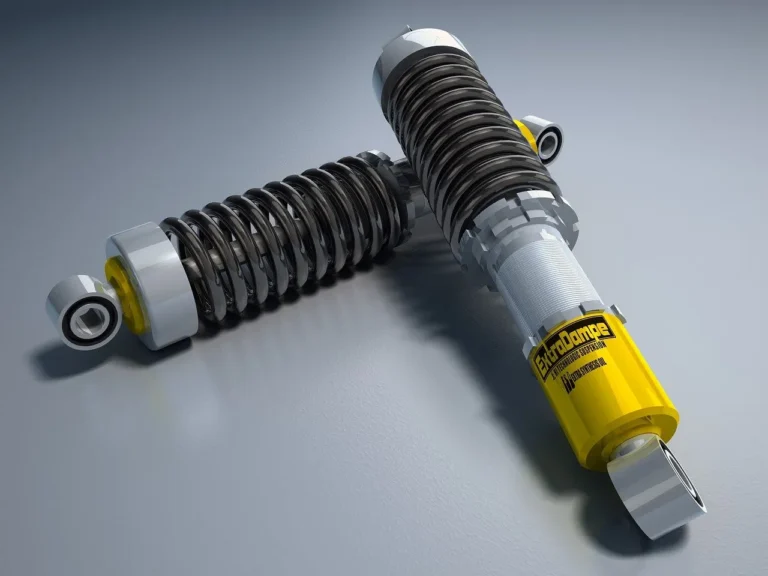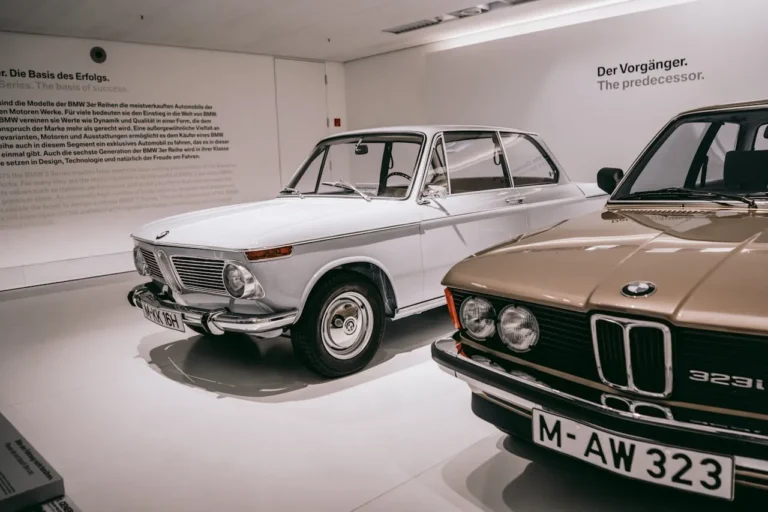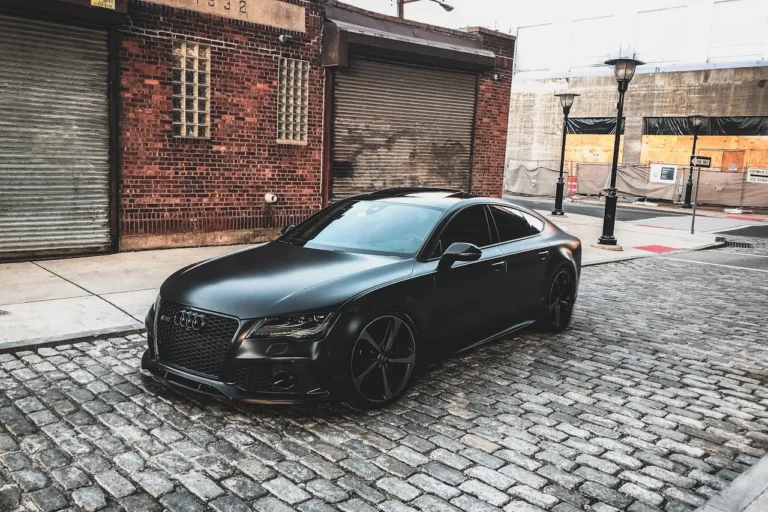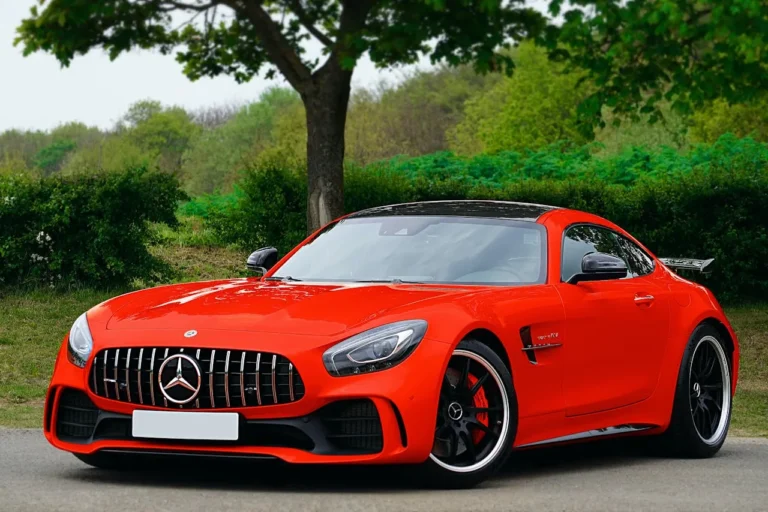
A Lifetime at GM
GM Every third Saturday in August, Woodward Avenue transforms into a living testament to America’s car culture. The Woodward Dream Cruise, billed as the world’s largest one-day automotive event, draws roughly 1.5 million people and 40,000 cars to the streets of Detroit’s northern suburbs. What began in 1995 as a modest fundraiser has grown into a 16-mile journey celebrating the cruising culture that made Woodward legendary in the 1950s and ’60s—a culture built on passion, community, and the roar of engines echoing down the pavement.
For Robert Kinnison, a General Motors retiree, attending the Dream Cruise had been a tradition for 30 consecutive years. Rain or shine, hot August heat or sudden storms, Robert never missed a single event. The cars, the camaraderie, the shared excitement—it was a ritual that defined his summers. But in 2025, everything changed.
Robert had spent 38 years at GM’s Pontiac plant as a forklift inspection team lead, where he cultivated a meticulous eye for detail and a deep appreciation for automotive craftsmanship. Cars weren’t just machines to him—they were the culmination of teamwork, engineering skill, and human ingenuity. He and his brother together had nearly 80 years of service at GM, and even in retirement, his love for vehicles only deepened. He could identify any car’s year, model, and engine type within seconds, yet what he cherished most was the collective effort behind each car: the hands that assembled it, the care taken in its creation, and the lives it touched after it left the factory.
But in August, Robert’s battle with prostate cancer had weakened him so much that the drive from his home in Durand, Michigan, to Woodward Avenue was no longer possible. The milestone 30th Dream Cruise—a personal achievement and point of pride—was now out of reach.
For his niece, Jamie Kinnison, a GM product marketing communications specialist, learning that Robert would miss the event was gut-wrenching. She felt a familiar mix of helplessness and sorrow that comes when a loved one faces declining health. And yet, amid that sadness, an idea sparked.
Jamie woke one Monday morning with a simple, audacious thought: if Robert couldn’t go to the Dream Cruise, she would bring the Dream Cruise to him. Her vision was modest at first—perhaps five cars cruising past his house to lift his spirits.
She took to social media, posting a heartfelt request to local classic car owners, explaining her uncle’s lifelong devotion to the event and his unfortunate absence this year. Within hours, Jamie’s inbox overflowed with responses. Strangers from across the region—people she had never met—were eager to participate. Some offered to drive hours just for the chance to honor a man they had never met. Others volunteered gifts, decorations, and organizational help.
Even as enthusiasm built, Jamie’s doubts were real. Organizing a mini Dream Cruise in a residential neighborhood seemed logistically impossible. Coordinating dozens of vehicles, ensuring safe traffic flow, and respecting neighbors’ space was daunting. She almost backed out several times, questioning whether she could pull it off.
But the thought of Robert, missing a cherished tradition for the first time in three decades, kept her going.
“I had to push through,” Jamie later reflected. “I had to make this happen for him. His heartbreak lit a fire in me I couldn’t ignore.”
A local car enthusiast soon reached out to Jamie, offering to help coordinate the event and tap into a wider community of automotive aficionados. The project snowballed in ways she had never imagined. By Friday evening, less than a week after her initial post, more than 50 vehicles had assembled at Durand Plaza, a local strip mall. The lineup was extraordinary: cars from the 1920s, gleaming muscle cars, vintage convertibles, and exotic sports cars, all polished and ready for the procession.
The night before the mini-cruise, Jamie worried about how Robert would respond. When she arrived at his home to share the news, she found him lying on the couch, weak and hesitant.
“I can’t go anywhere. I’m just too weak,” he told her quietly. Visitors and activity weren’t appealing in his condition.
Jamie sat beside him, holding his hand, and reminded him of summers spent at his cabin and how the family had always planned around the Dream Cruise. “It hurt my heart that you had to miss the Dream Cruise this year, so I thought I’d bring it to you,” she said gently.
As Jamie explained that dozens of cars were about to drive past his house in his honor, something remarkable happened. Robert’s eyes welled with tears, and for the first time in weeks, a genuine spark of joy crossed his face.
“I gently asked if he was okay with it,” Jamie recalls. “He said he was, and that moment meant everything.”
On the day of the convoy, the neighborhood was alive with energy and anticipation. Jamie stood among the 50 car enthusiasts, each one eager to participate, only to realize that this event had grown far beyond her uncle. Strangers approached her repeatedly, saying how much they themselves needed this experience of giving and community. “This wasn’t just for my uncle,” Jamie realized. “It was for all those people that needed to give.”
The gesture took on an almost ceremonial feel. Drivers honked in synchronized waves, and onlookers waved from sidewalks, creating an impromptu festival atmosphere. Strangers brought handmade gifts—a Detroit Red Wings clock crafted from car parts, model cars, team hats—turning the street into a living celebration of automotive culture and human generosity.
Robert, despite his illness, rose to greet the passing cars. He thanked neighbors, waved to the drivers, and basked in the collective admiration of a community united by passion and kindness. For Jamie and the family, the event was a profound reminder of how human connection and shared enthusiasm can transform individual pain into collective joy.
In the days that followed, the mini Dream Cruise became a treasured memory. For Robert, it was a “personal Dream Cruise,” a final, vibrant chapter in a life defined by love for cars and dedication to family and community. For the strangers who showed up, it became living proof that compassion transcends familiarity, and that even small gestures can ripple outward to touch countless lives.
Less than two weeks later, Robert passed away peacefully, surrounded by family. A framed montage of photographs from the event remained by his bedside, a testament to the life he loved and the joy he inspired. That single week had turned a moment of sorrow into a celebration of legacy, passion, and human connection—a reminder that sometimes, even in our final days, the simplest acts of kindness can leave the most profound impact.
Through the efforts of one determined niece, a community of strangers, and a lifetime devoted to cars, the Dream Cruise—one of America’s largest automotive gatherings—found its most intimate and meaningful expression yet. And for Robert Kinnison, it was the perfect farewell: engines roaring, hearts connected, and a legacy of love and community that would endure long after the last car had passed.
